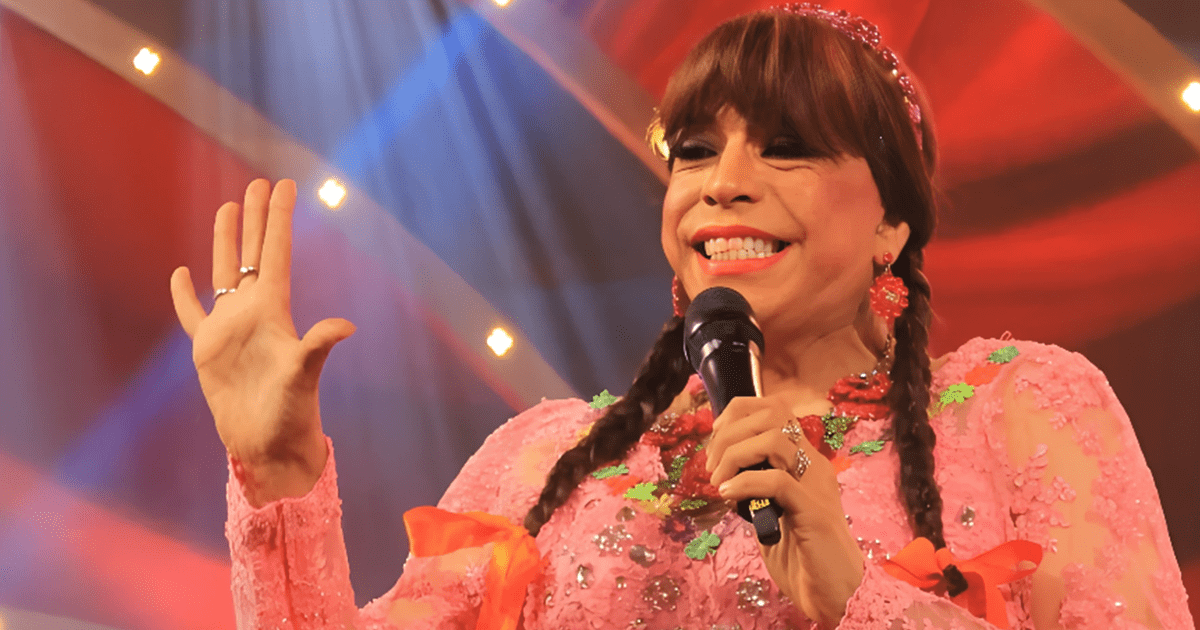The Moulin Rouge: Unveiling the Untold Story of Paris's Legendary Cabaret

Step Back in Time: The Moulin Rouge's Revolutionary History
Before Baz Luhrmann's dazzling film captivated audiences worldwide, the Moulin Rouge stood as a beacon of extravagance, artistry, and liberation in the heart of Paris. This wasn't just a cabaret; it was a cultural phenomenon that reshaped entertainment and left an indelible mark on generations. Let's delve into the fascinating true story behind this iconic Parisian landmark.
A Birth of Rebellion and Artistic Freedom
The Moulin Rouge opened its doors in 1889, coinciding with the Exposition Universelle, a world's fair celebrating the centennial of the French Revolution. Created by Joseph Oller and Charles Zidler, the cabaret was conceived as a response to the restrictive social norms of the time. It was a haven for those seeking a taste of modernity and a rejection of traditional values. The name, “Moulin Rouge,” referencing a nearby windmill, quickly became synonymous with this new era of indulgence and artistic expression.
The Can-Can and a Revolution in Entertainment
The Moulin Rouge's claim to fame lies in its pioneering role in popularizing the can-can. This energetic and provocative dance, with its high kicks and playful displays of petticoats, was considered scandalous at the time, but it became an instant sensation. The cabaret's stage was designed to maximize the visual impact of the can-can, with a sunken floor and a rotating platform that allowed performers to showcase their skills from every angle. The show was a carefully orchestrated spectacle, incorporating elaborate costumes, vibrant sets, and a lively orchestra, creating an immersive and unforgettable experience for audiences.
A Melting Pot of Parisian Society
The Moulin Rouge wasn't just for the Parisian elite. It attracted a diverse crowd, including artists, writers, aristocrats, and bohemians – a vibrant mix of individuals who were drawn to its atmosphere of freedom and excitement. Figures like Ernest Hemingway, Pablo Picasso, and Toulouse-Lautrec were regulars, finding inspiration in the cabaret's unique energy and the beauty of its performers. Toulouse-Lautrec, in particular, immortalized the Moulin Rouge and its dancers in his iconic paintings, further solidifying its place in art history.
Beyond the Glitter: Challenges and Legacy
The Moulin Rouge’s success wasn't without its challenges. Facing financial difficulties and changing tastes, the cabaret underwent several transformations throughout its history. Despite these hurdles, it persevered, adapting to the times while maintaining its core identity as a symbol of Parisian joie de vivre.
A Timeless Icon
Today, the Moulin Rouge continues to enchant visitors from around the globe. While the setting has evolved, the spirit of rebellion, artistic innovation, and unapologetic glamour remains. It stands as a testament to the power of entertainment to challenge conventions and inspire generations. The Moulin Rouge is more than just a cabaret; it’s a living piece of Parisian history, a vibrant celebration of life, and a reminder that the pursuit of beauty and freedom is always worth fighting for.






:format(jpg):quality(99):watermark(f.elconfidencial.com/file/bae/eea/fde/baeeeafde1b3229287b0c008f7602058.png,0,275,1)/f.elconfidencial.com/original/bac/f8a/e6e/bacf8ae6e00bedda5fbc5f432d76cd31.jpg)